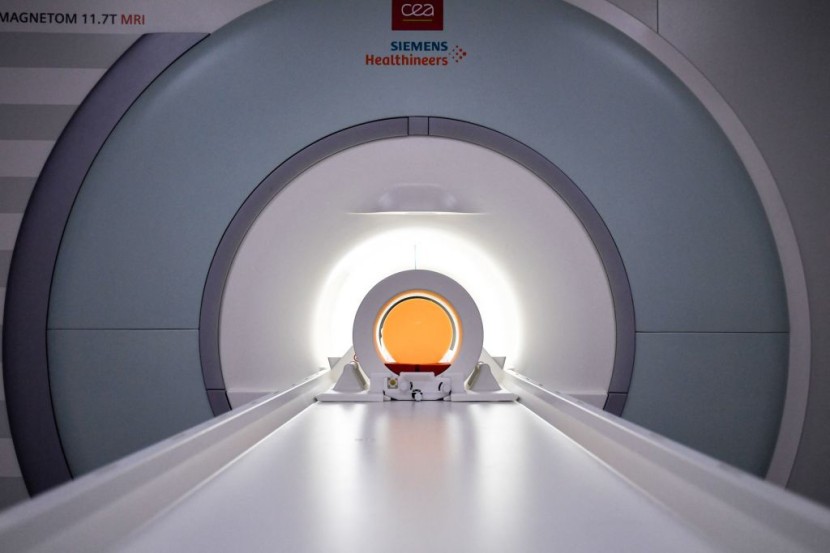
Researchers from the University of Nottingham have used tiny electrically-charged gold particles to trick glioblastoma cells to self-destruct, with the hope that treatment would be available as a spray in the future.
The Mirror reported that Dr. Frankie Rawson and his research team at the University of Nottingham have harnessed the power of "bio-antenna" to induce cell death in glioblastoma cells, which are some of the most deadly cancers ever known to man.
The bio-antenna used in the Nottingham team's research included gold nanoparticles coated in special molecules that, under an electric field, signal the cancer cells to self-destruct.
Researchers have used tiny electrically-charged gold particles to trick glioblastoma cells to self-destruct, with the hope that treatment would be available as a spray in the future.
What is Glioblastoma?
Glioblastoma is one of the most aggressive and hardest to treat cancers, with patients diagnosed with the condition only having a five-year survival rate at best. On average, the survival length for patients is estimated to be only eight months from diagnosis.
The Wanted star Tom Parker and US Senator John McCain both suffered from the disease, which is more common in men than women. Both have since died.
Some types are particularly prevalent in young men.
The Nottingham team found out that, when targeting glioblastoma cells with the bio-antennae, healthy cells around the cancer were left untouched.
"What we discovered is that specific pathways in the cancer cells are upregulated [switched on] when we apply the treatment but aren't in the healthy cells," Rawson said, adding that applying an electromagnetic field would cause molecules to lose an electron and trigger the signaling mechanism for the cancer cell to die.
Rawson added that the research his team has done was "one of the most exciting things about the study," saying that the phenomenon they have observed was likened to that of a radio wave passing through a wall, with electrons tunneling through glioblastoma cells, which prompt the cells to self-destruct.
"The team showed that cancer cells succumb to the intricate dance of electrons, orchestrated by the enchanting world of quantum biology," Rawson said. "With the advent of bio-nanoantennae, this vision of real-world quantum therapies edge closer to reality."
The study was published in the journal Nature Nanotechnology.
Long Way to Go
The team hopes that one day it will be available as a spray for use during surgery, but Dr. Rawson was keen to stress there was some way to go before reaching such a stage - with comparable treatments taking up to 11 years from lab to human use.
"Treating glioblastoma tumors has long presented challenges for clinicians and prognosis for patients is still poor, which is why any research showing the promise of a new effective treatment is hugely exciting," University of Nottingham School of Medicine researcher and one of the co-authors of the study Dr. Ruman Rahman added.
"This research has shown the possibilities presented by quantum therapeutics as a new technology to communicate with biology. The fusion of quantum bioelectronics and medicine brings us one step closer to a new treatment paradigm for disease."
© 2025 HNGN, All rights reserved. Do not reproduce without permission.








